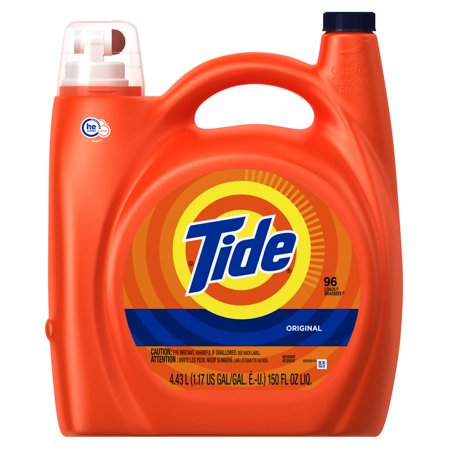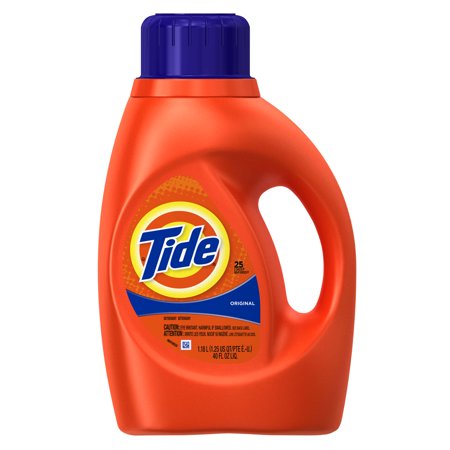No such thing as a stupid question!

I make a 50/50 masterbatch lye solution all the time, and it's actually very easy to figure out how much to add. This is how I proceed and the math equation that I use:
1) First, forget that you are using a 50/50 lye solution and just run your recipe through a
lye calculator (like SoapCalc, etc..) as you would normally do, making sure to enter the superfat % that you would like to use and the lye concentration % that you normally like to soap at.
2) Once the calculator shows you the normal water amount and lye amount for your batch, utilise the following simple math equation to get the proper amount of 50/50 lye solution to pour out, and the extra water amount to pour out for your batch. FYI- this specific equation only works if you are using a 50/50 lye solution, but you can apply this same exact equation to whatever lye concentration you normally use for your batches, be it a 33% lye concentration or a 40% or a 34%- or whatever %. :
The equation:
Lye amount: Take your total lye amount that the
lye calculator gave you and multiply it by 2 in order to get the amount of 50/50 lye solution to pour out.
Water amount: Take your total water amount that the
lye calculator gave you and subtract from it the total lye amount that the
lye calculator gave you to figure out how much extra water to add.
For example, say your recipe calls for 5 oz of lye and 12 oz of water. First, you would multiply 5 by 2 to get the amount of 50/50 lye solution to measure out, which comes to 10 oz, so pour out 10 oz. worth of the lye solution.
Then, to figure how much extra water to measure out for your batch, take the 12 oz that the calculator gave you and subtract from it the total lye amount the calculator gave you (which was 5): so.... 12 minus 5 equals 7, so you would measure out 7 oz of extra water for your batch.
HTH!
IrishLass








